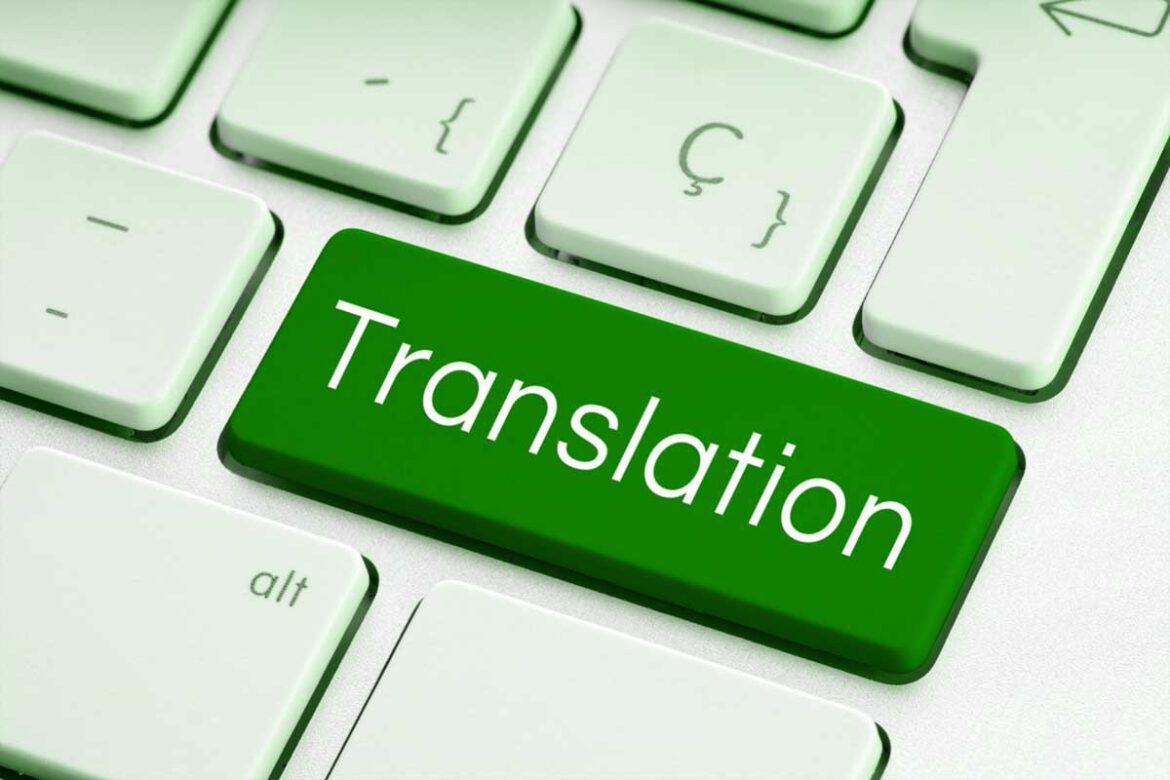In an increasingly globalized world, businesses and individuals alike often require translation services to communicate effectively across languages. Whether you are expanding your business internationally, localizing content for new markets, or simply need to translate documents, understanding the cost of translation services is essential. The price can vary widely based on numerous factors, and being informed helps you budget properly and select the right provider without compromising on quality.
When considering translation services, it’s important to realize that costs are influenced by more than just word count. The type of content, language pairs, expertise required, and project complexity all contribute to the overall price. Professional translation providers often tailor their pricing models to fit these specific needs, offering you options that align with your budget and expectations.
Factors Affecting Translation Costs
1. Language Pair
The languages involved in your project play a significant role in determining the cost. Some languages are more common and have a large pool of qualified translators, which generally reduces pricing. For example, translating from English to Spanish is typically less expensive than from English to less common languages like Icelandic or Zulu.
Additionally, some languages require more time due to structural differences, complexity, or lack of automated tools, which can increase costs.
2. Volume of Text
Many translation services charge based on the number of words in the source document. Larger projects naturally cost more, but many providers offer discounts for high-volume work. It’s important to have an accurate word count to get a realistic price estimate.
Sometimes, content with repetitive or similar phrases can be partially reused through translation memory technology, which helps reduce costs by avoiding re-translation of identical segments.
3. Type and Complexity of Content
The subject matter directly affects the price. Technical, legal, medical, or highly specialized documents usually require expert translators familiar with industry terminology. These professionals command higher rates due to their expertise.
Conversely, general content like marketing brochures or personal letters might be less costly. However, marketing translations often require creative adaptation, or localization, which can also affect pricing.
4. Quality and Certification Requirements
If your project demands certified translations (for legal or official purposes), expect higher costs. Certified translations require additional review, adherence to strict standards, and often notarization, adding to the price.
Similarly, premium services such as expedited delivery, additional proofreading, and formatting will increase overall costs.
5. Turnaround Time
Urgent projects typically incur rush fees. Translators and agencies might need to prioritize your work or allocate additional resources to meet tight deadlines, which increases the cost. Planning ahead can help avoid these fees.
6. Format and Additional Services
The format of your source documents also impacts pricing. Text extracted from simple formats like Word documents is easier and cheaper to translate than content embedded in complex layouts, graphics, or multimedia files.
Some projects may require desktop publishing, transcription, or multilingual SEO services, which add to the total cost but provide a comprehensive solution.
Pricing Models Commonly Used
- Per Word: This is the most common pricing method. Rates can range from $0.08 to $0.30 per word depending on language pair and complexity.
- Per Hour: Sometimes used for highly technical or creative work where time spent is harder to estimate in word counts.
- Per Page: Often used for legal documents or scanned materials where word count is not easily determined.
- Flat Project Fee: For large or ongoing projects, agencies may offer a fixed price covering the entire scope.
How to Get the Best Value
While cost is important, it should not be the sole deciding factor. Extremely low prices can be a red flag indicating poor quality or inexperienced translators. Poor translations can damage your brand and lead to costly revisions.
To get the best value:
- Choose providers with proven expertise in your industry and language pair.
- Ask for samples or references.
- Clarify all fees upfront, including potential extra charges.
- Consider providers that use translation memory tools to reduce costs on repeated content.
- Balance quality with budget to ensure the final product meets your expectations.
Conclusion
Understanding the cost structure behind translation services helps businesses and individuals plan effectively and avoid unexpected expenses. Pricing depends on several key factors including language pair, content complexity, volume, and turnaround time. While professional translation can be a significant investment, it ensures accuracy, cultural relevance, and effectiveness in communication—critical elements for success in any multilingual environment.
By selecting a reputable translation provider and clearly defining your project’s requirements, you can manage costs while achieving high-quality translations that support your global goals.
